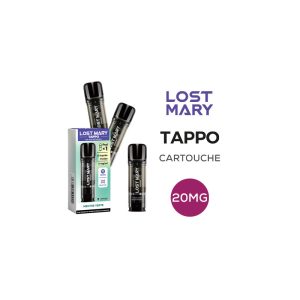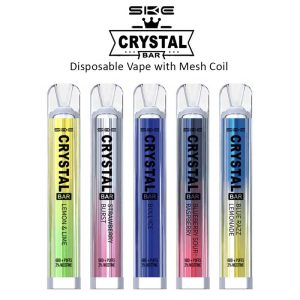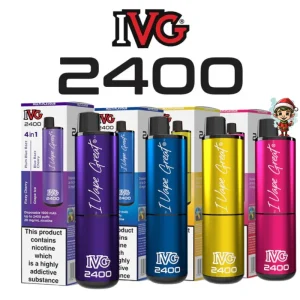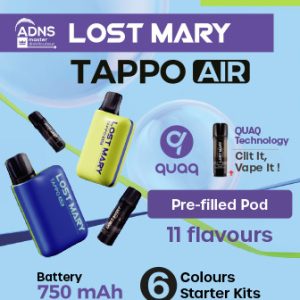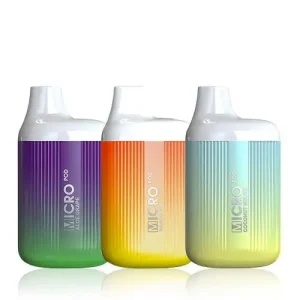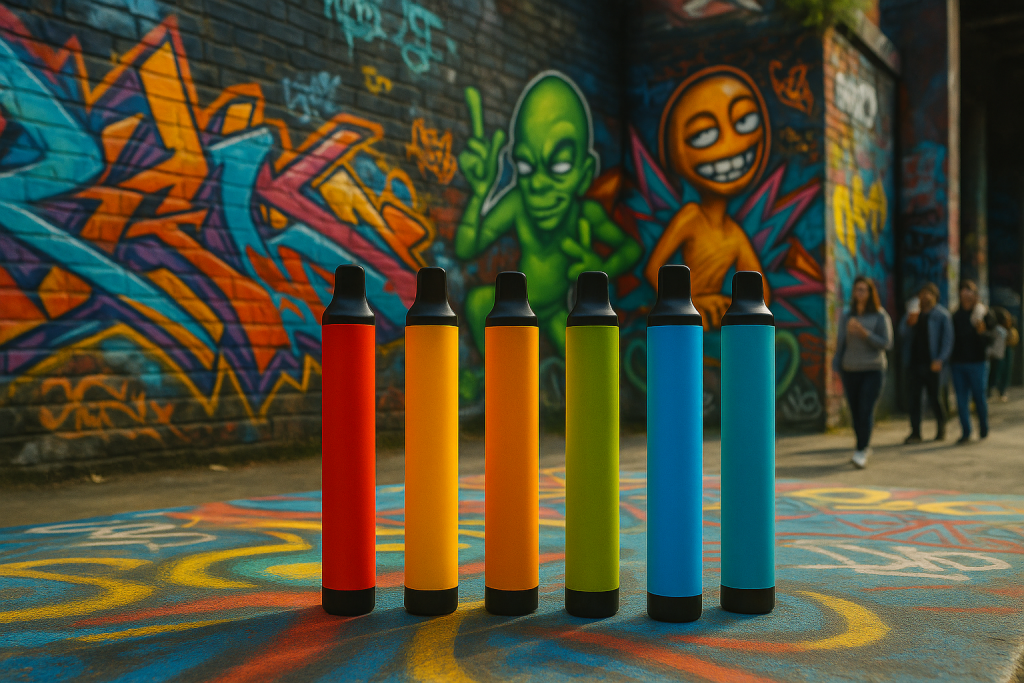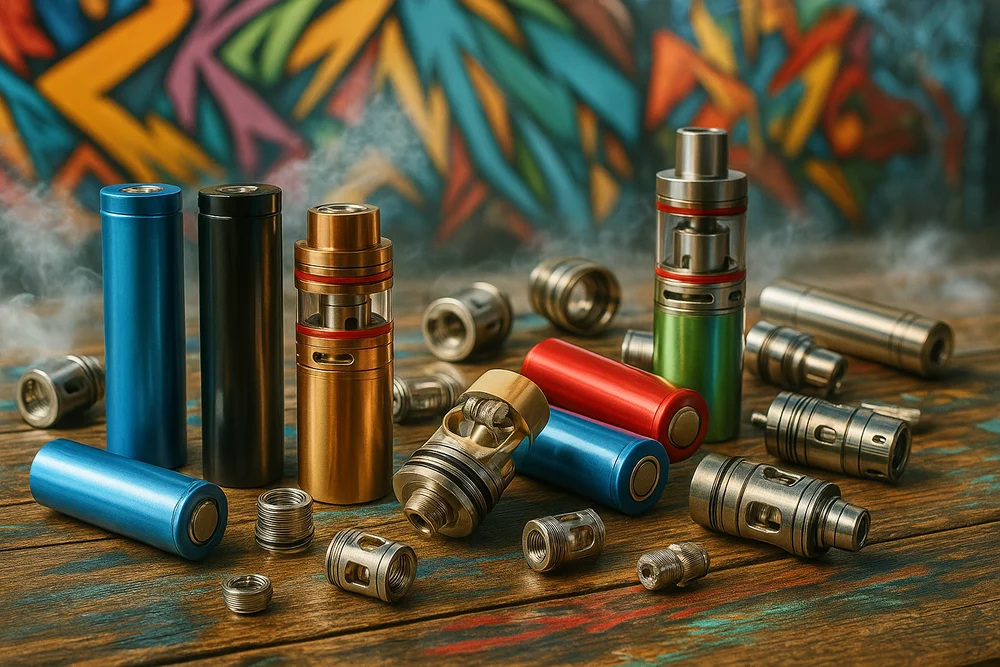Switching From Smoking: Your Complete Transition Guide to Tobacco Alternatives

- Darius from CIGSLT
- Advices
Making the decision to quit smoking represents one of the most important choices you can make for your health. However, the journey from cigarettes to smoke-free alternatives doesn’t have to be overwhelming. With modern nicotine replacement options and a structured approach, thousands of people successfully transition away from combustible tobacco every day. This comprehensive guide will walk you through the entire process, from understanding your options to creating a personalized transition plan that works for your lifestyle.
Understanding Your Smoking Habits and Nicotine Needs
Before exploring alternatives, it’s essential to understand your relationship with smoking. This self-assessment forms the foundation of a successful transition strategy. Consider not just how many cigarettes you smoke, but when and why you reach for them.
Most smokers fall into patterns that combine physiological nicotine dependence with behavioral habits. You might smoke first thing in the morning to kickstart your day, after meals as a digestive ritual, or during breaks as a stress management tool. Each of these moments serves different purposes, and recognizing them helps you choose alternatives that address both the nicotine craving and the behavioral aspect.
Heavy smokers consuming over 20 cigarettes daily typically have high nicotine dependence and will need stronger alternatives initially. Moderate smokers (10-20 daily) have more flexibility in their options, while light or social smokers might transition more easily to lower-strength products or even nicotine-free alternatives for some occasions.

Best Nicotine Replacement Options: A Comprehensive Overview
The landscape of smoking alternatives has evolved dramatically beyond traditional nicotine patches and gum. Today’s options cater to different preferences, lifestyles, and transition goals.
Vaping stands as the most popular alternative, offering the closest sensory experience to smoking. E-cigarettes provide the hand-to-mouth action, throat sensation, and visible exhale that many smokers miss with other alternatives. Modern devices range from simple pod systems perfect for beginners to advanced mods for those who want more control over their experience.
Nicotine pouches represent a revolutionary discrete option. These small, white pouches placed between the gum and lip deliver nicotine without smoke, vapor, or smell. Brands like Pablo, Killa, and Cuba offer various strengths and flavors, making them ideal for situations where vaping isn’t appropriate. The steady nicotine release over 20-60 minutes provides longer-lasting satisfaction than cigarettes.
Heated tobacco products occupy a middle ground, heating specially designed tobacco sticks without combustion. While less common than vaping or pouches, they appeal to those who want to maintain some connection to tobacco flavor without the harmful combustion byproducts.
Traditional nicotine replacement therapy (NRT) products like patches, gum, and lozenges remain valuable tools. Patches provide steady, all-day nicotine delivery, while gum and lozenges offer on-demand relief for sudden cravings. Many successful quitters combine these methods with newer alternatives like 0mg e-liquids for the behavioral aspect without nicotine, or use accessories and bottles for DIY mixing to customize their experience.
🎉 Want Weekly Vape Discounts?
Join now and get up to 30% OFF on vapes, liquids & more – weekly!

The 21-Day Transition Calendar: Your Roadmap to Success
Research shows that forming new habits typically takes about 21 days. This transition calendar provides a structured approach to replacing smoking with healthier alternatives.
Days 1-3: The Initial Switch Begin by replacing your easiest cigarettes first. For many, these are the mid-day cigarettes smoked out of habit rather than strong craving. Keep your morning and evening cigarettes initially while using your chosen alternative for all others. Try fruity e-liquids or mild pouches during these replacement periods. This gradual approach prevents overwhelming your system while building familiarity with your new products.
Days 4-7: Expanding Alternative Use Start replacing more significant cigarettes, perhaps keeping only your morning cigarette initially. Pay attention to which alternatives work best for different situations. You might find disposable vapes perfect for testing flavors, while stronger pouches work better during meetings or commutes. Consider trying hybrid options that combine the benefits of different nicotine types.
Days 8-14: Full Transition By week two, aim to completely replace cigarettes with alternatives. This is often the most challenging period as your body adjusts to different nicotine delivery methods. Stock up on your favorites like IVG 6000 series for variety, or try tobacco-flavored options if you miss the familiar taste. Stay flexible and don’t hesitate to adjust strengths or try different products like Beyond Salts if needed.
Days 15-21: Establishing New Routines Focus on cementing your new habits. Identify any remaining triggers or challenging moments and develop specific strategies for each. By the end of week three, your new routines should feel increasingly natural.
Choosing the Right Strength: From Cigarettes to Pouches and E-Liquids
Selecting appropriate nicotine strengths in your alternatives is crucial for satisfying cravings without overwhelming your system. The conversion isn’t always straightforward, as different delivery methods have varying absorption rates.
For e-liquids, heavy smokers typically start with 18-20mg nicotine salts or 12-18mg freebase nicotine. These strengths provide comparable satisfaction to a pack-a-day habit. Moderate smokers often find 10-12mg salts or 6-9mg freebase appropriate, while light smokers might start with 3-6mg.
Nicotine pouches require different calculations. A 20mg pouch doesn’t deliver all its nicotine at once; absorption occurs gradually over 30-60 minutes. Heavy smokers might use 16-20mg pouches, spacing them throughout the day to maintain steady nicotine levels. Moderate smokers typically prefer 10-14mg pouches, while lighter users find 4-8mg sufficient.
Remember that nicotine tolerance can change rapidly. Many people find they can reduce strengths within weeks of quitting smoking, as their bodies become more efficient at utilizing nicotine without the interference of cigarette smoke’s thousands of chemicals.

Managing Withdrawal Symptoms and Cravings
Even with nicotine alternatives, you might experience some withdrawal symptoms as your body adjusts to the absence of cigarette smoke’s other compounds. Understanding and preparing for these symptoms improves your chances of success.
Physical symptoms like headaches, fatigue, or digestive changes typically peak within the first week and subside quickly. Stay hydrated with a water bottle, maintain regular meals, and consider gentle exercise to help your body adjust. Many people find that using slightly higher nicotine strengths initially helps minimize these symptoms – try 20mg options from trusted brands or even stronger alternatives if you were a very heavy smoker.
Psychological cravings often prove more challenging than physical withdrawal. The urge to smoke in specific situations or emotional states can persist longer than nicotine cravings. This is where behavioral substitution becomes crucial. If you always smoked while driving, keep Cuba pouches in your car. If stress triggered smoking, practice using your favorite vape or discreet pouch before stressful situations arise. For social situations, consider flavored options that make great conversation starters.
Sleep disturbances affect many people during transition. If using stimulating alternatives like vaping or pouches in the evening interferes with sleep, switch to patches for overnight nicotine delivery or time your last nicotine use earlier in the day. Consider lower strength options for evening use, or try CBD-infused products that some users find helpful for relaxation. Herbal vapes without nicotine can also satisfy the ritual without affecting sleep.
Building Your Starter Bundle: Essential Products for Success
Creating a comprehensive starter bundle prevents situations where you might return to cigarettes out of convenience. Your bundle should address different scenarios and preferences you’ll encounter.
Start with a reliable primary device. For most transitioning smokers, a quality pod system like the Caliburn or XROS series offers the best balance of simplicity and satisfaction. Purchase at least two devices to ensure you always have a backup while one charges.
Stock multiple e-liquid flavors in your chosen strength. Taste preferences can change during transition, so having variety prevents boredom. Include at least one tobacco flavor for familiarity, complemented by fruit or menthol options for variety.
Include discrete alternatives like nicotine pouches for situations where vaping isn’t suitable. Having a tin of pouches in your pocket provides security against unexpected cravings in restricted environments.
Don’t forget accessories and supplies. Extra coils or pods, charging cables, and carrying cases might seem minor but become crucial for maintaining your new routine. Running out of supplies is a common reason people relapse to cigarettes.

Success Tips for Long-Term Transition
Long-term success requires more than just replacing nicotine delivery. It involves creating new patterns and associations that support your smoke-free life.
Track your progress to maintain motivation. Whether through a smartphone app or simple journal, recording smoke-free days, money saved, and health improvements provides tangible evidence of your achievement. Many people find sharing milestones with supportive friends or online communities enhances accountability.
Prepare for challenging situations before they arise. Identify your highest-risk scenarios – perhaps social drinking, work stress, or specific locations – and develop specific strategies for each. Having a plan prevents impulsive decisions in difficult moments.
Be patient with the process. Some days will be easier than others, and occasional strong cravings are normal even weeks into your transition. These moments pass more quickly when you have effective alternatives readily available. Keep emergency supplies in multiple locations – your car, office, and bag. Having quick-acting options prevents desperate moments when you might otherwise buy cigarettes. Consider joining our newsletter for tips and new product alerts like limited editions and seasonal flavors.
Consider gradual nicotine reduction once you’re comfortable with your alternatives. Many successful ex-smokers maintain some nicotine use long-term, while others gradually reduce to zero. There’s no single right path; focus on staying smoke-free first, then decide your long-term nicotine goals.
Different Paths for Different Smokers
Your ideal transition strategy depends on various factors including smoking history, lifestyle, and personal preferences. Understanding different successful approaches helps you customize your own plan.
The “cold turkey with alternatives” approach works well for decisive personalities who prefer clear boundaries. These individuals switch completely to alternatives from day one, using higher nicotine strengths initially to manage cravings. Stock up on high-strength salts or maximum strength pouches to ensure success. This method requires strong initial commitment but often leads to faster adjustment. Consider battery chargers and backup devices to avoid any gaps in your alternative access.
Gradual reduction suits those who prefer incremental change. Start by replacing specific cigarettes – perhaps all afternoon cigarettes first with mild e-liquids, then morning ones with stronger alternatives, finally conquering the most challenging moments with maximum strength options. This method takes longer but feels less overwhelming for many people. Stock various strengths like 10mg, 16mg, and 20mg to support your gradual transition.
Dual use, maintaining both cigarettes and alternatives temporarily, works for those facing high-stress periods or uncertain about committing fully. While not ideal long-term, this approach allows experimentation with alternatives while maintaining a safety net. Set clear timelines for full transition to avoid indefinite dual use.
Monitoring Progress and Adjusting Your Approach
Regular assessment ensures your transition strategy remains effective. Weekly check-ins with yourself help identify what’s working and what needs adjustment.
Physical improvements often appear quickly. Within days, many people notice improved breathing and energy. Document these changes – they provide powerful motivation during challenging moments. If improvements seem slow, consider whether your nicotine strength might be too high or low.
Monitor your alternative usage patterns. If you’re constantly reaching for your vape or pouches, you might need higher strengths or longer-lasting options. Consider all-day devices with larger capacity or slow-release pouches. Conversely, if you often forget to use them, you might be ready for strength reduction – try stepping down to 12mg salts or medium-strength pouches.
Financial tracking provides additional motivation. Calculate your weekly cigarette expenses versus alternative costs. Most people save significantly after transition, especially once they find their optimal products and usage patterns. Budget-friendly options like bulk e-liquids, DIY bases, and value pouches can reduce costs further. Track your savings and consider treating yourself to premium products like limited editions or device upgrades with the money saved.
Our Recommendations To You
out
Puff Tornado 15000 0mg Aroma King
Tappo Air Prefilled Pods 20mg Lost Mary
Vozol Vista Plug 2+10 Prefilled Pods
Vozol Vista Plug 2+10 Kit
Crystal Bar 20mg 600puff SKE
out
4 In 1 20mg 2400puff IVG
ICE CUBE 20mg 800puff ICEBERG
out
Tappo Air Starter Kit 20mg Lost Mary
20mg 600puff Micro Pod
Product Categories
Disposable E-Cigarettes
E. Liquids
Bases
Aromas
Batteries, coils and more
Snus Nic Pouches
Get Weekly Coupons – Straight to Your Inbox!
Join our exclusive mailing list and receive fresh discounts on vapes, liquids, and accessories every week.
🤑 Up to 30% OFF delivered weekly.
🎁 Exclusive deals only for subscribers.
🕒 Takes 5 seconds. No spam, unsubscribe anytime.

Darius from CIGSLT
Darius is the lead product specialist at CIGSLT, with 6+ years of hands-on experience in vaping technology, e-liquid formulations, and user behavior. He writes to help customers make smarter, safer, and more satisfying choices.


